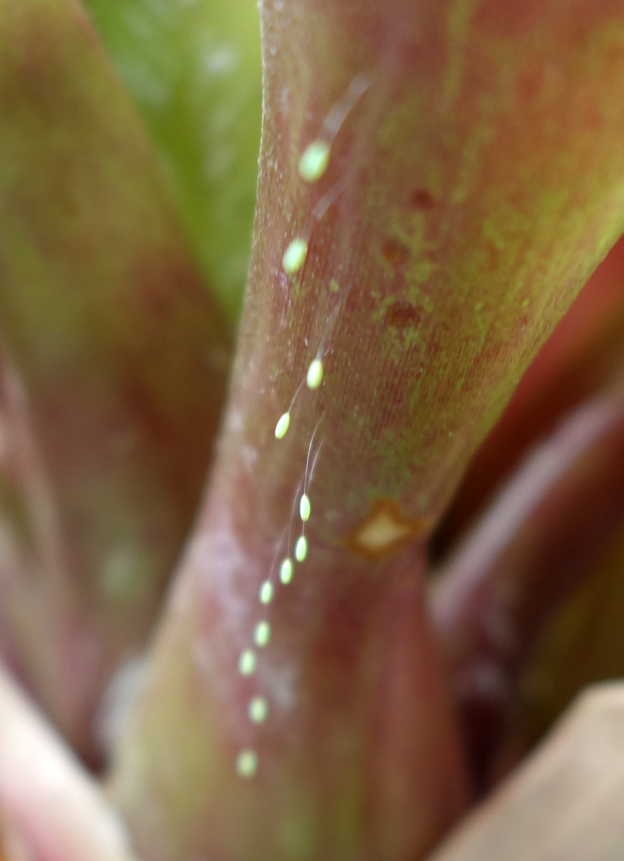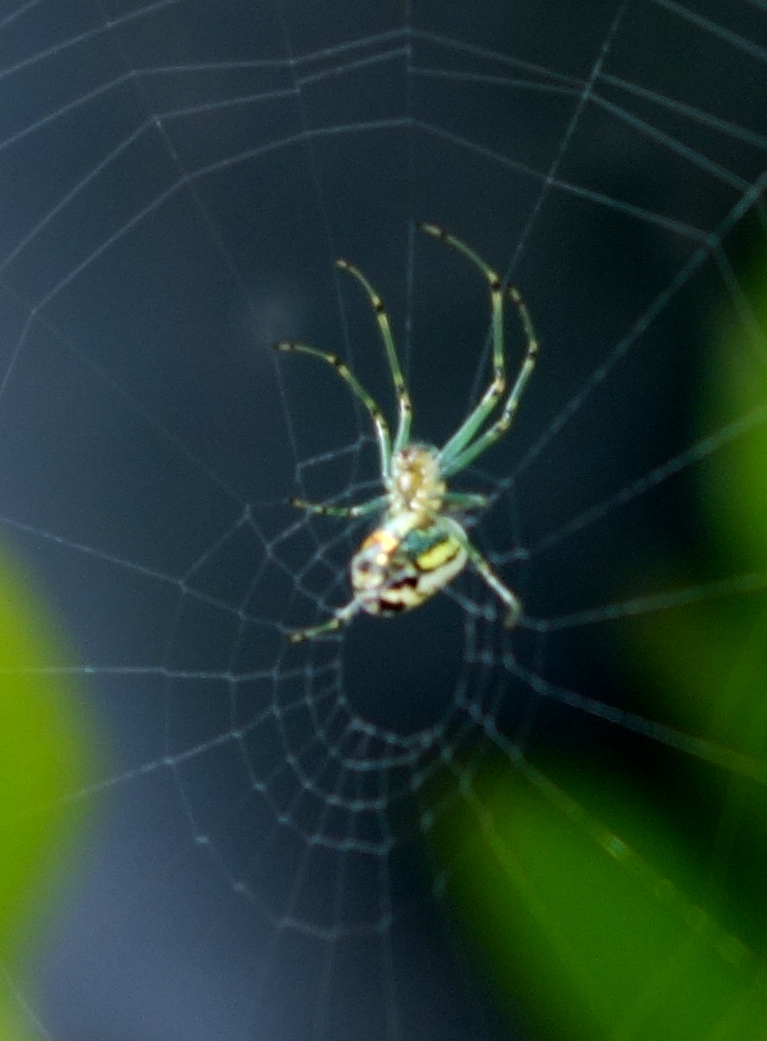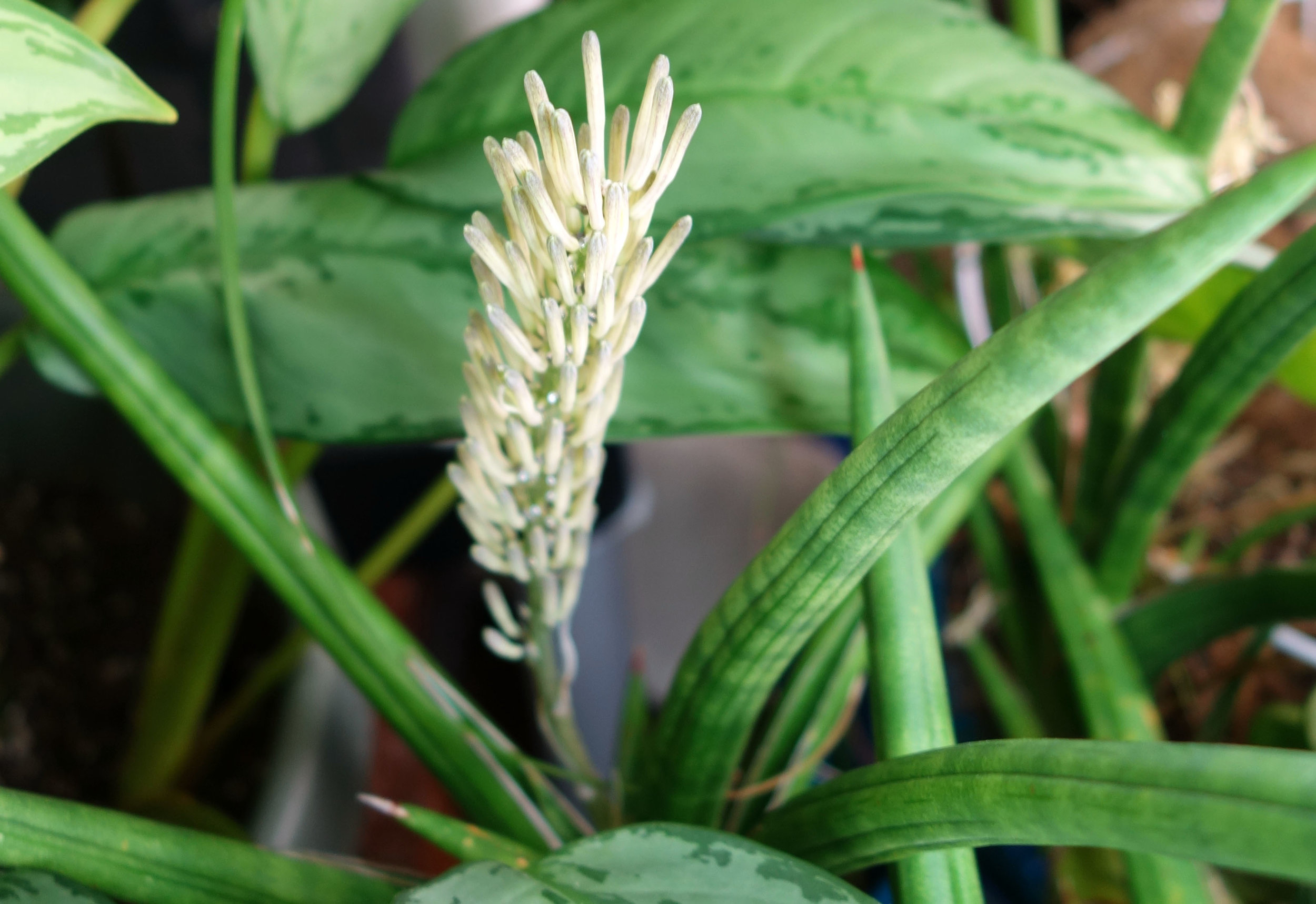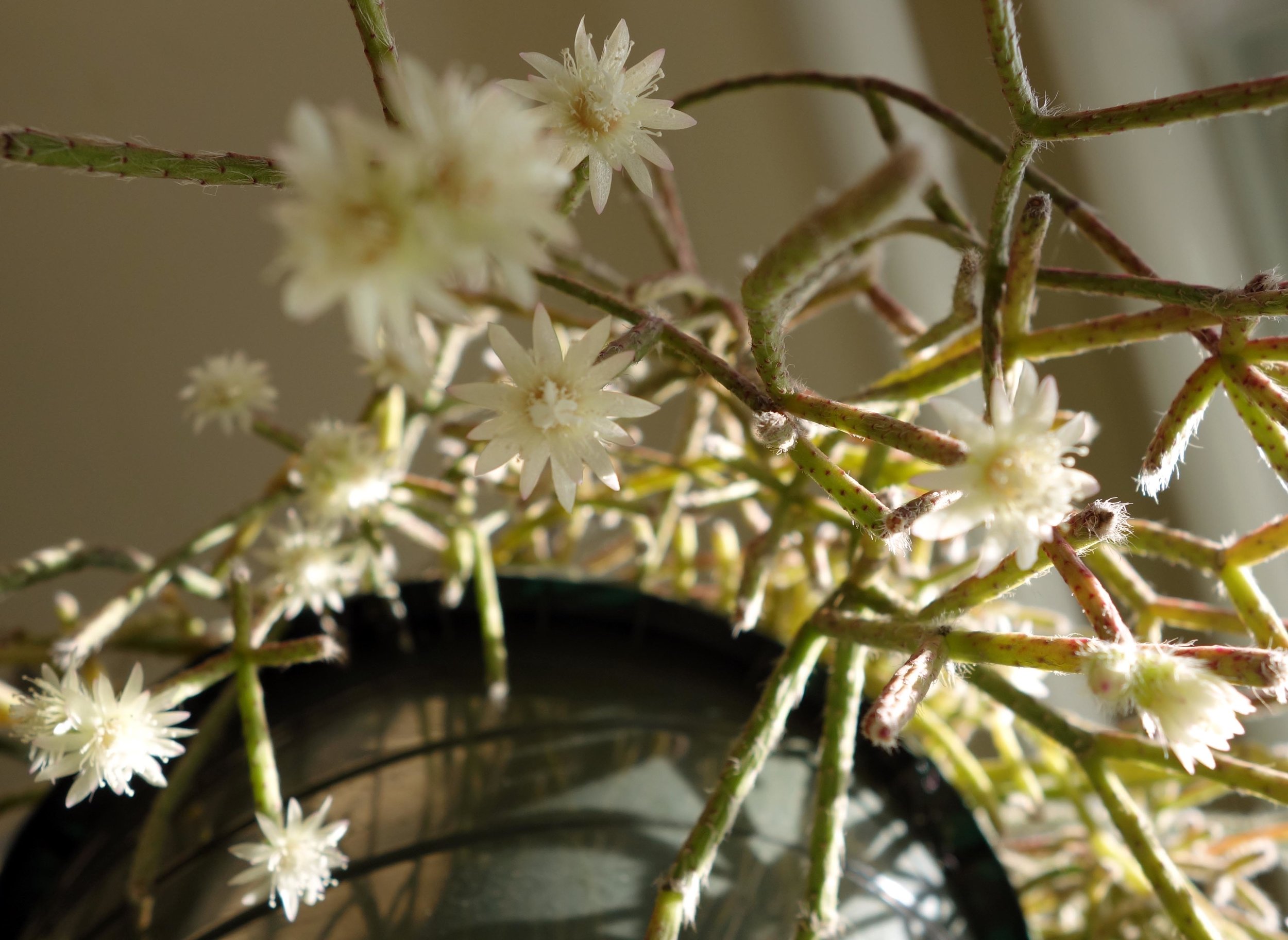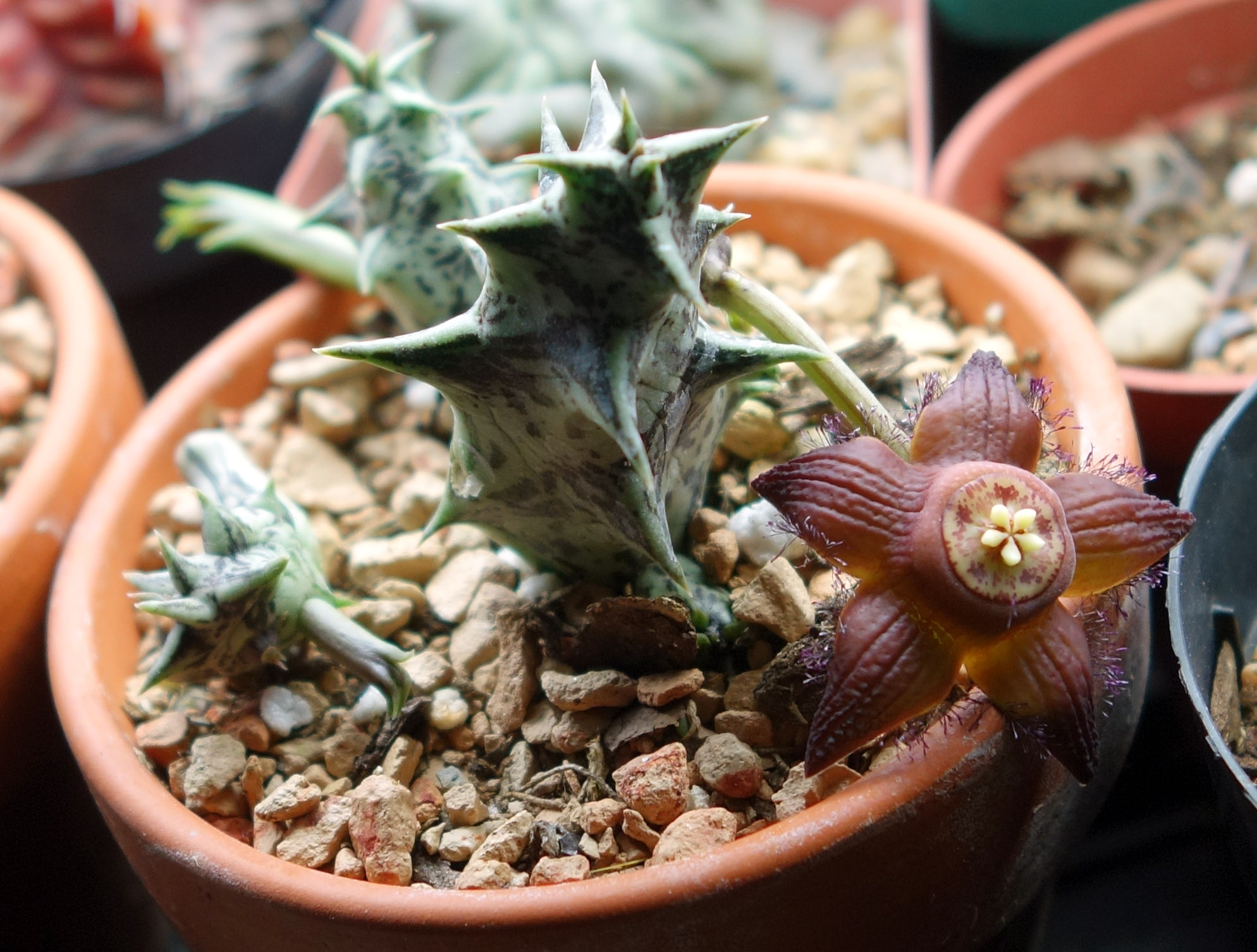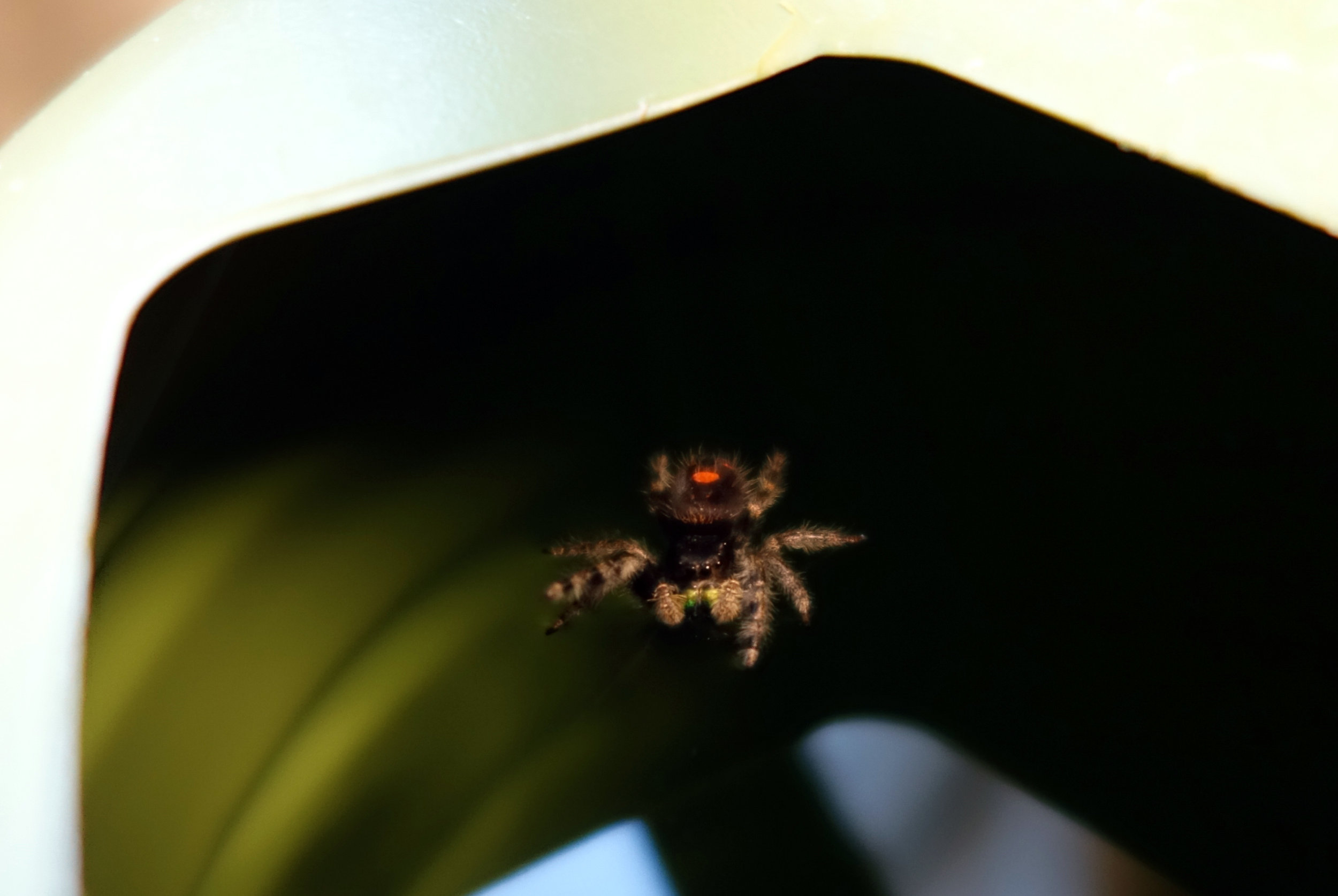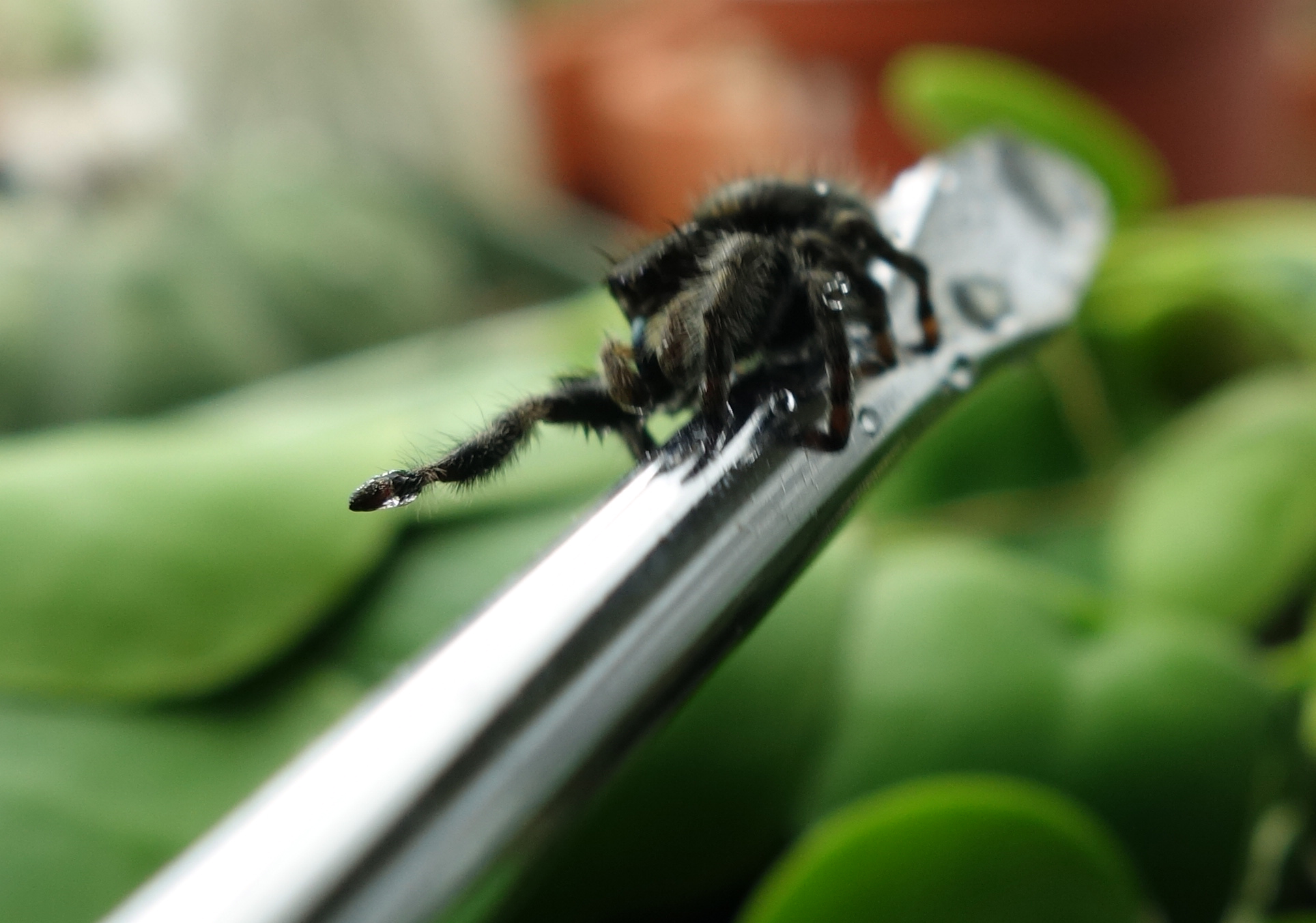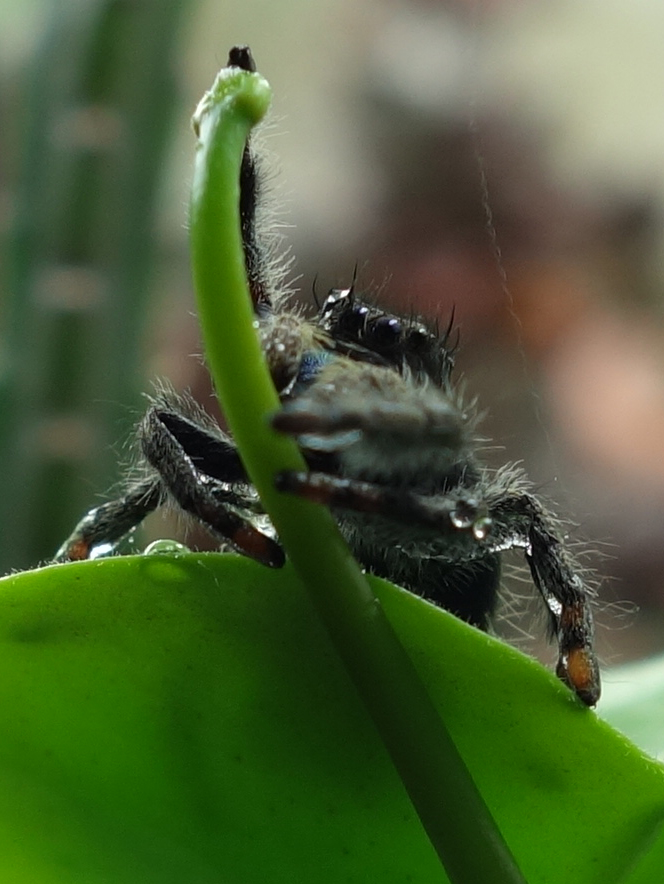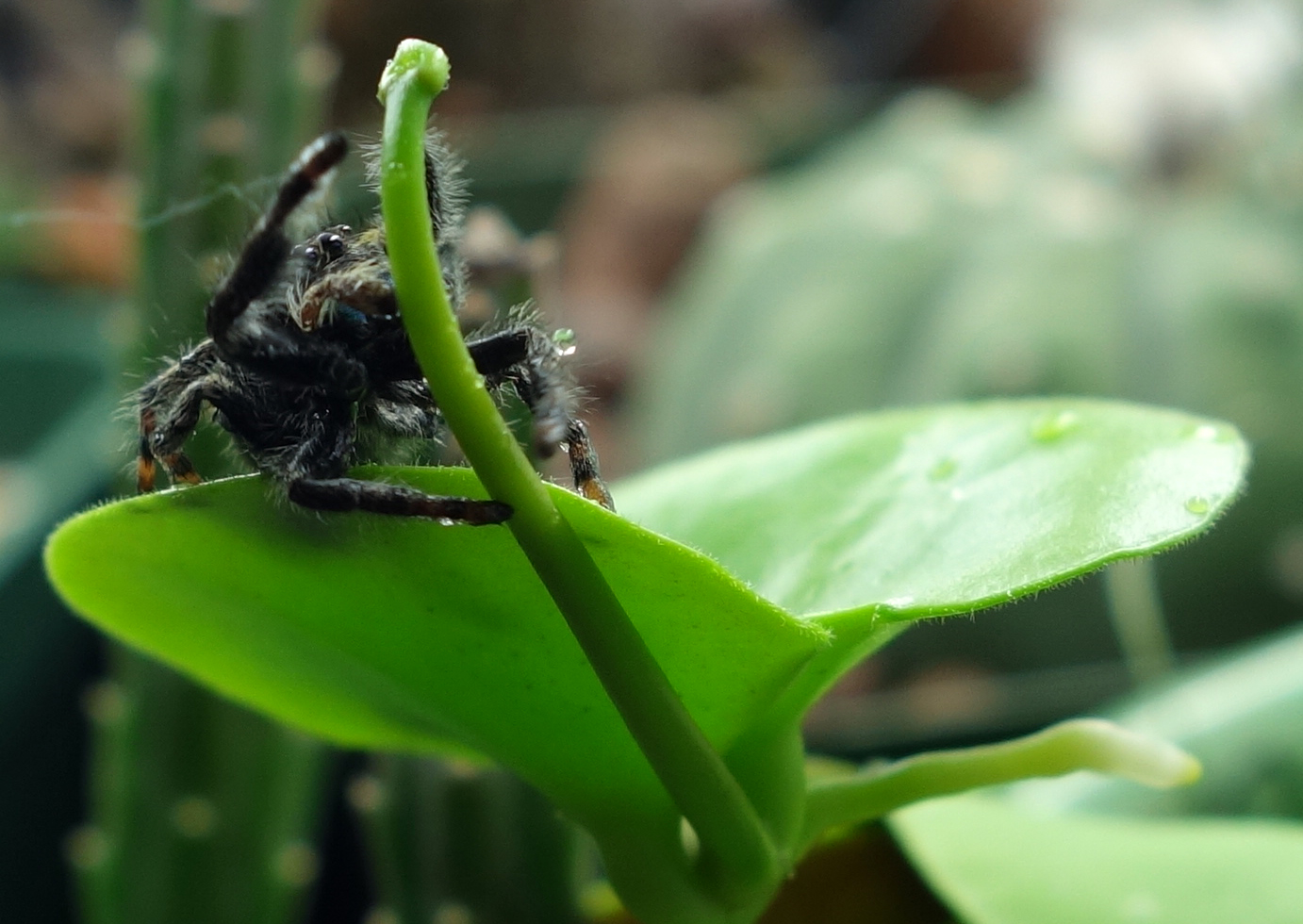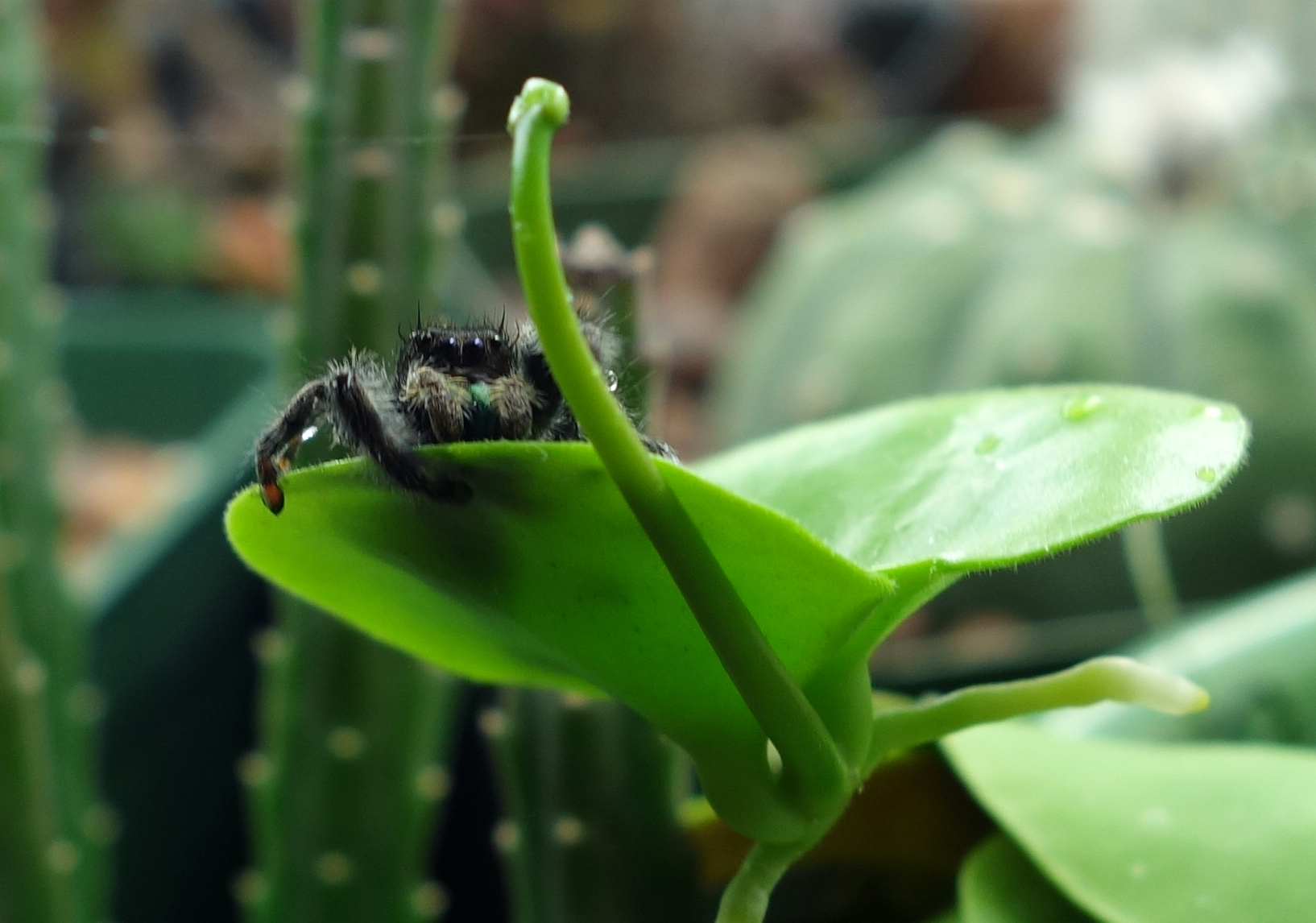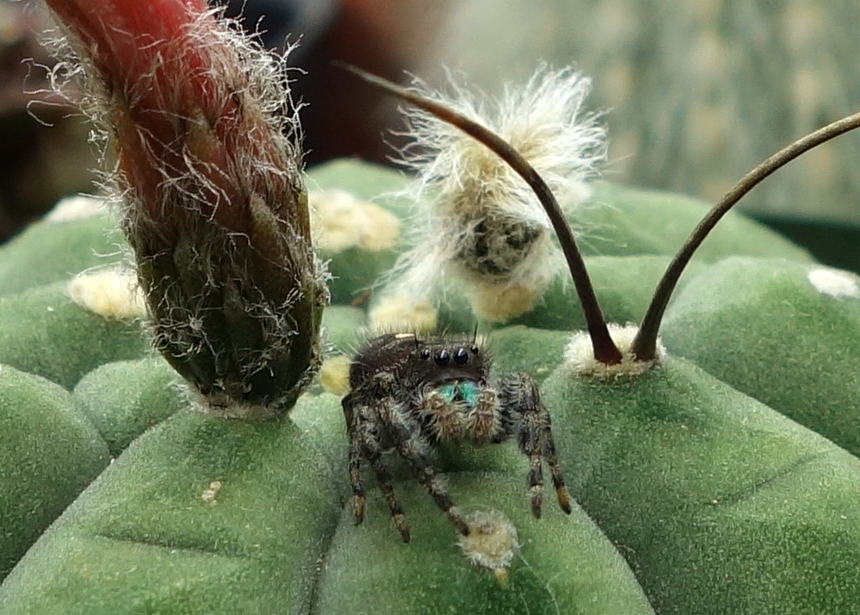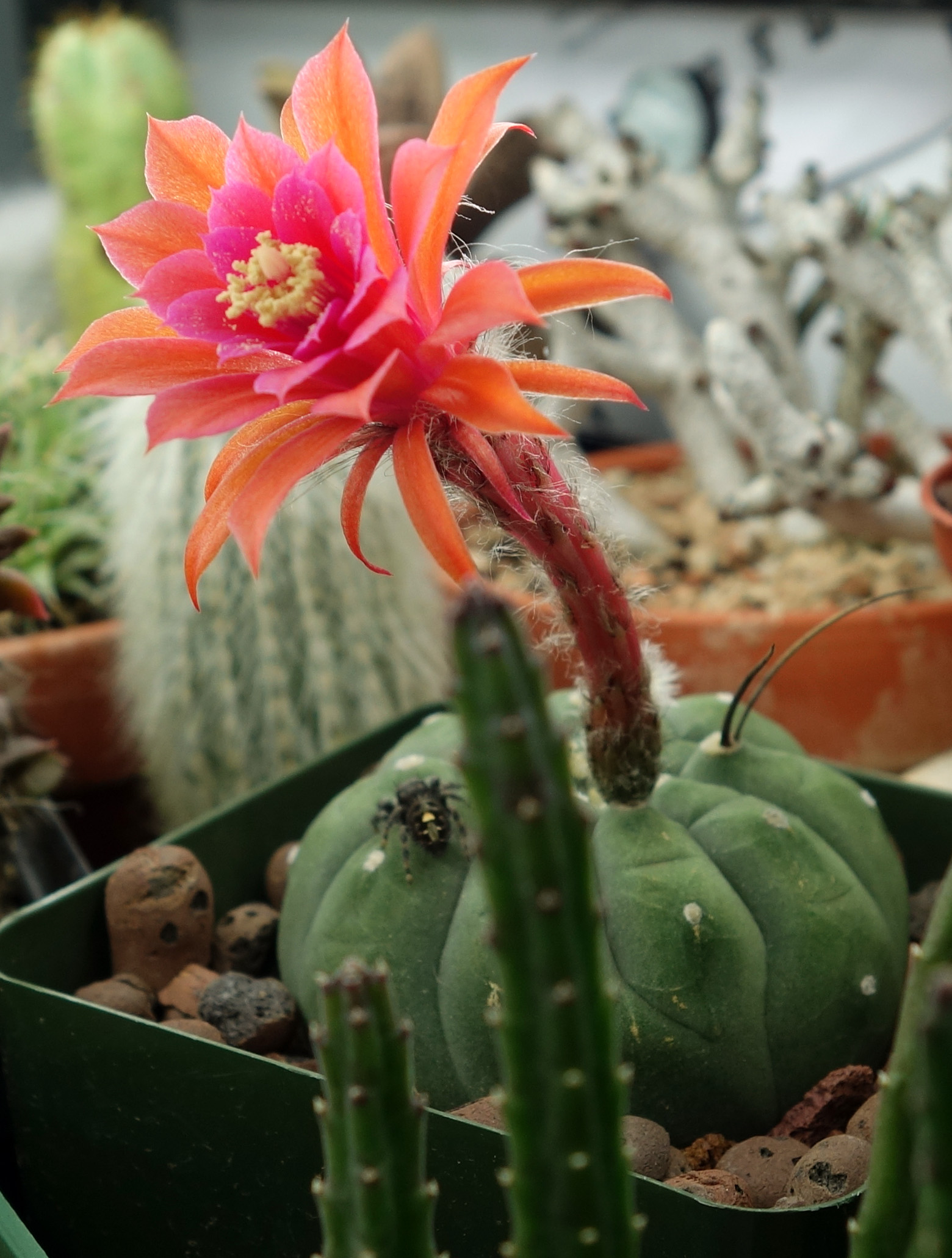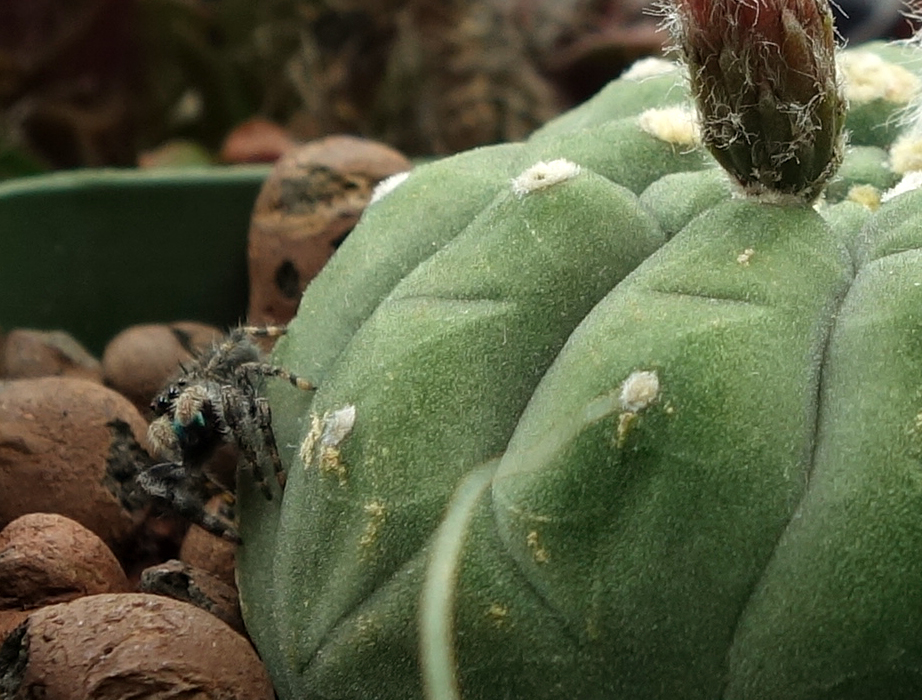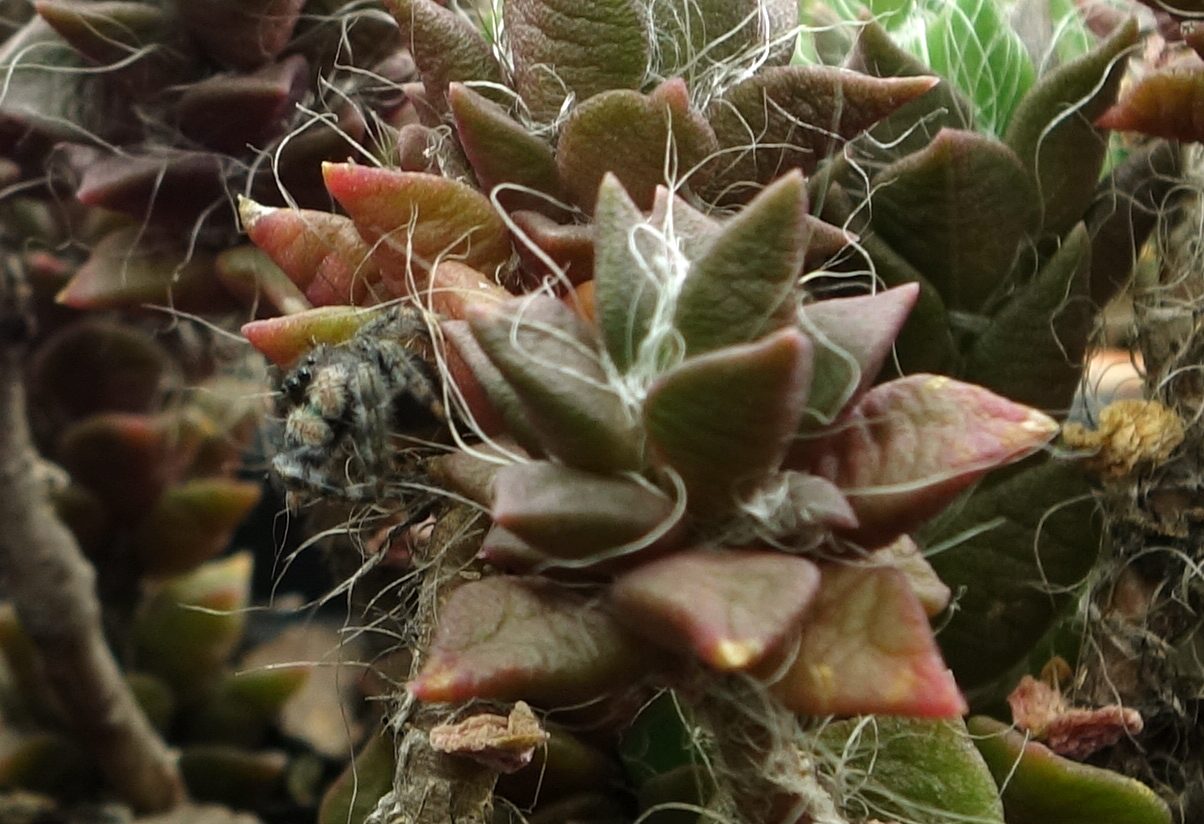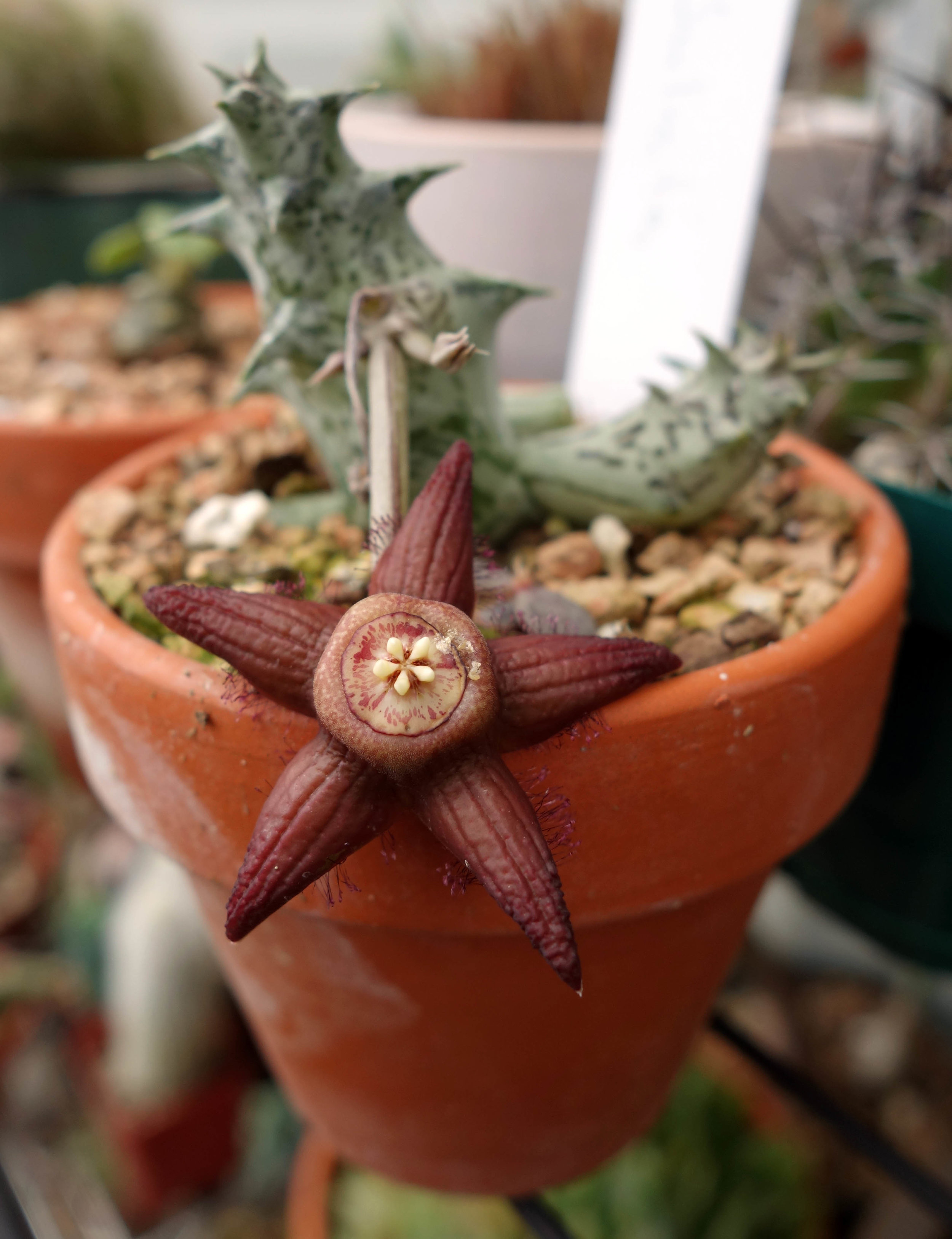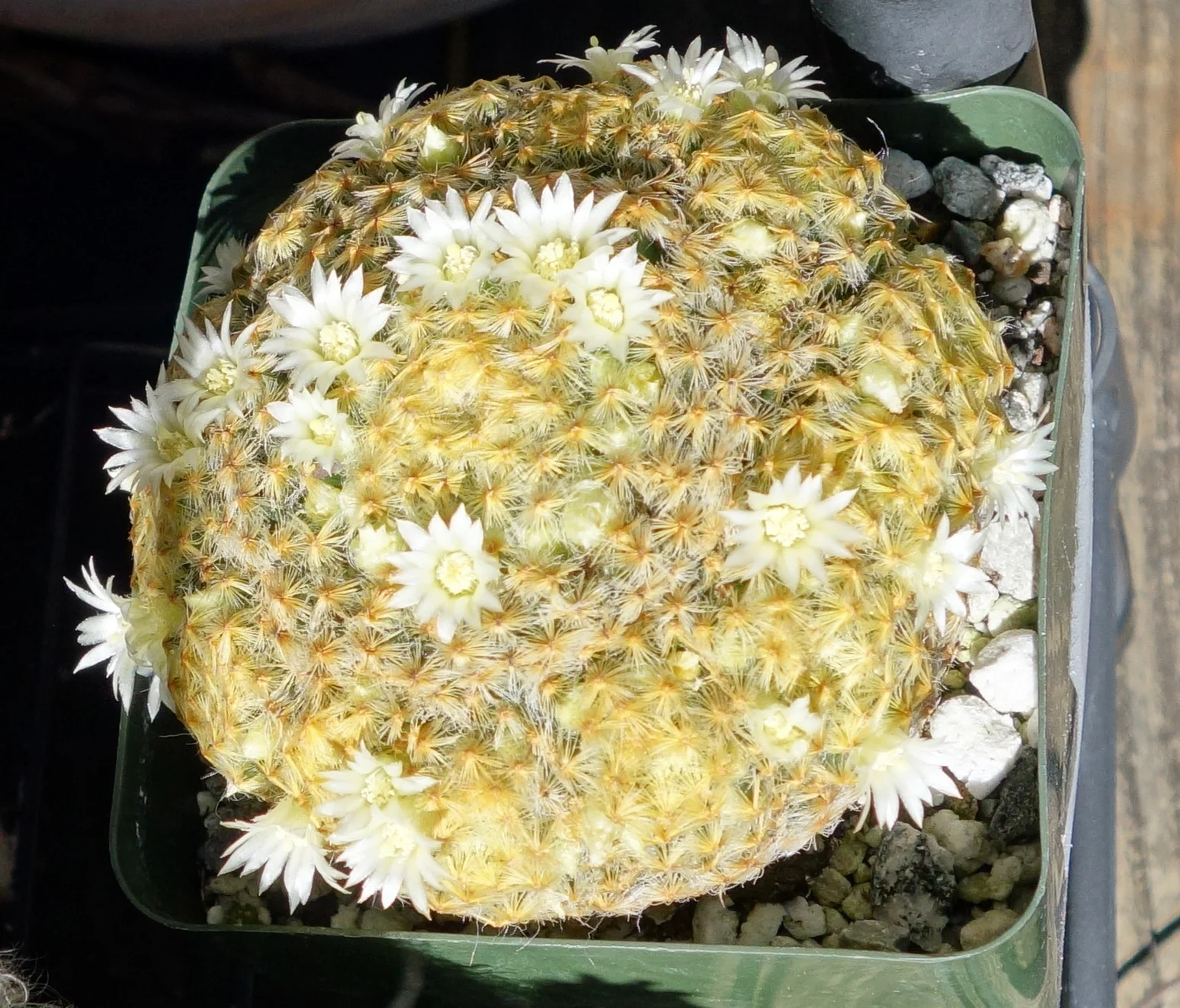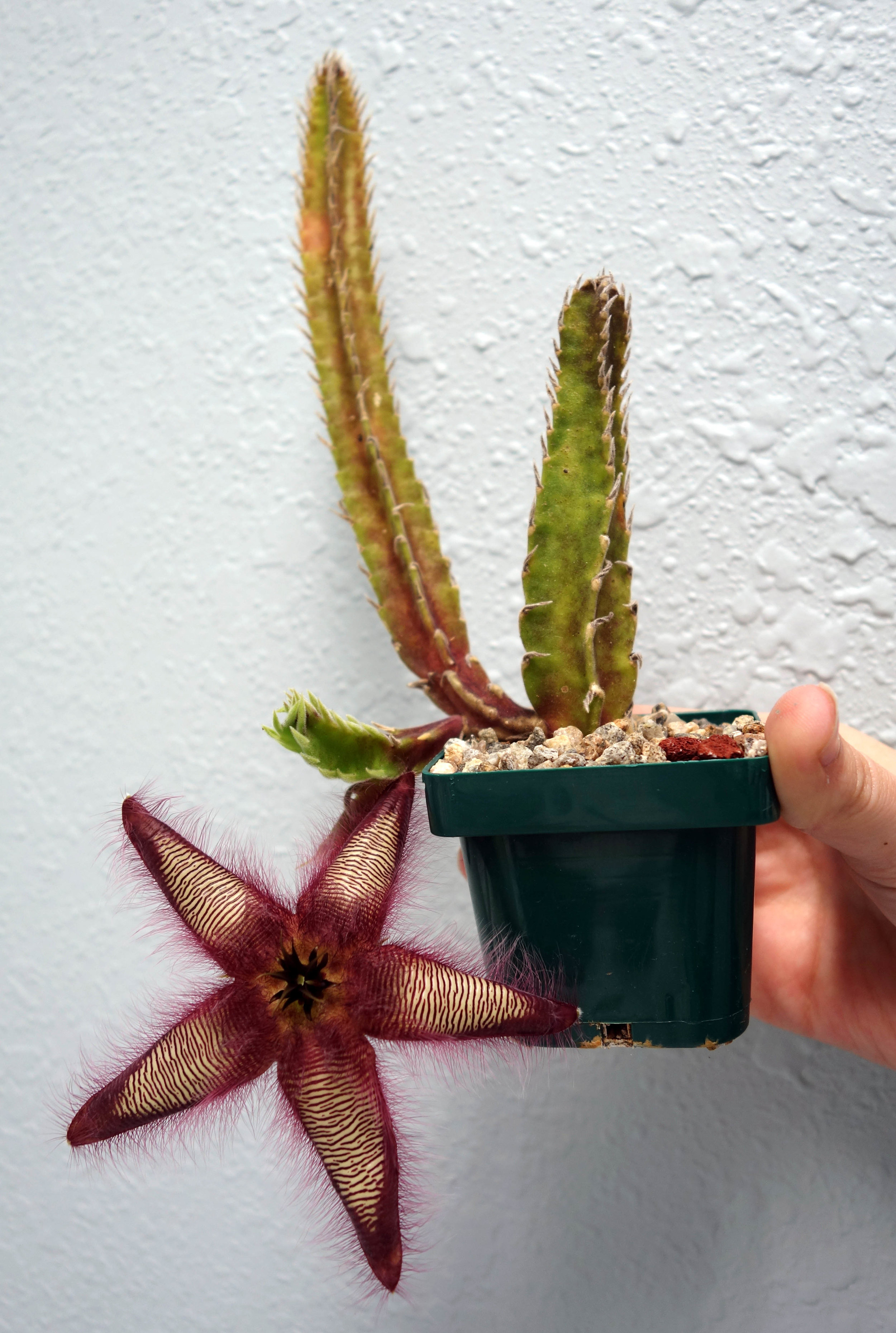I am doing a summer residency in the Canary Islands, and Dublin was a possible layover en route. My sister and I talked it over, and we decided to spend a little less than a week in Ireland (with our base in Dublin) before I headed over to Gran Canaria.
I had never been to Ireland before; in terms of nearby places, I have been to London, and I've been to Iceland, and a number of places in southern Europe. Some general notes: Ireland is known for wet, relatively cold weather (locals repeatedly called rain "liquid sunshine"); the biggest cities aren't as dense as I would have expected; there isn't really an Irish cuisine apart from Guinness and whisky; and there is a super dominant tourist shop called Carroll's which you can find everywhere you turn around.
Ireland had just finished up a referendum on abortion when we arrived, so there were still signs up from both points of view on almost every utility pole and light post. We were told they have around 20-30 days to take them down before fines are levied. The results of the referendum were approximately two to one in favor of repealing the Irish Eighth Amendment and allowing abortion up to six months of pregnancy in Ireland. A number of the signs referenced the fact that though abortion wasn't legal (prior to the referendum), Irish women were getting abortions - they just had to travel outside of the country to do so.
Our first couple days we explored Dublin. We visited the National Botanic Gardens, the Dublin Flea Market, the Dublin Zoo, Dublin Castle, the Natural History Museum, and also walked around most of downtown including repeatedly dipping into the Temple Bar district, admiring the churches and other architectural stand-outs, and browsing the many Carroll's just in case one had slightly different merchandise in stock. Then we took a day trip bus tour to the west of Ireland and very briefly saw the city of Galway and the Burren karst landscape (I could spend hours just in the Burren - it's often called a "lunar landscape" and it has a lot of rare plants living amongst its limestone crevices), and spent a decent bit of time at the Cliffs of Moher. We stopped by Howth one day, and the last day we did another day trip bus tour up to northern Ireland - which is still in the UK - and very briefly saw Belfast and the Dark Hedges and explored a little around the Carrick-a-Rede Rope Bridge and the Giant's Causeway, which is an area of basalt columns and hexagonal stones formed by rapidly cooling lava during an ancient volcanic eruption.
It was a really great trip and I learned a lot more about Irish history and Ireland in general than I knew before going. We were super fortunate and despite the normal weather patterns, it was sunny and pleasant much of the time we were there, cloudy for a day, and only rained for two of the mornings! My favorite part was the tiny amount of time I got to explore the Burren, and my second favorite part was the still small amount of time I got to explore the Giant's Causeway. Both were fascinating geological phenomenons with their own micro-ecologies. Although my calves ached after all the hiking I did!
One interesting fact I learned is that Ireland doesn't have any native snakes. That itself was neat to learn (legend has it that Saint Patrick cast them out), but the tour guide contended flat out that there are no snakes in Ireland to this day. I thought that was extremely unlikely - England has snakes, which is similar enough to Ireland that it's improbable that the island itself is inhospitable, and invasive species are a worldwide problem. But so far my googling hasn't led me to a different conclusion despite reports of people intentionally releasing snakes - so far it appears none have managed to establish populations. Hopefully that's true as I don't wish invasive snakes upon Ireland! I just think it's very surprising that humanity hasn't managed to muck that up yet.
Photos will follow in a subsequent post!

